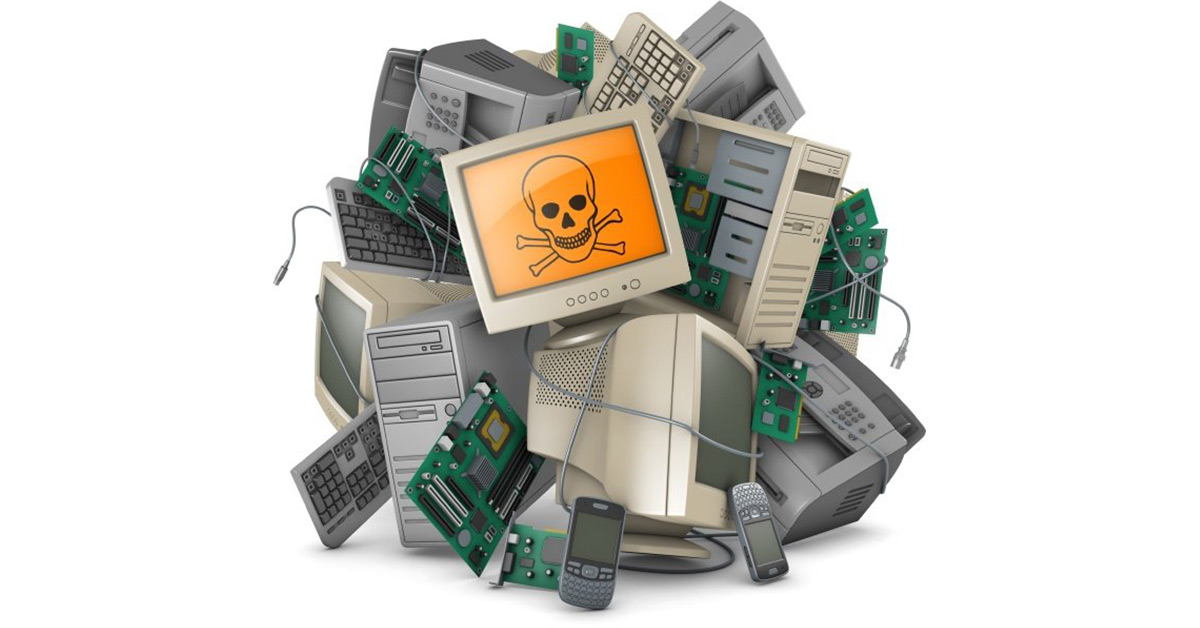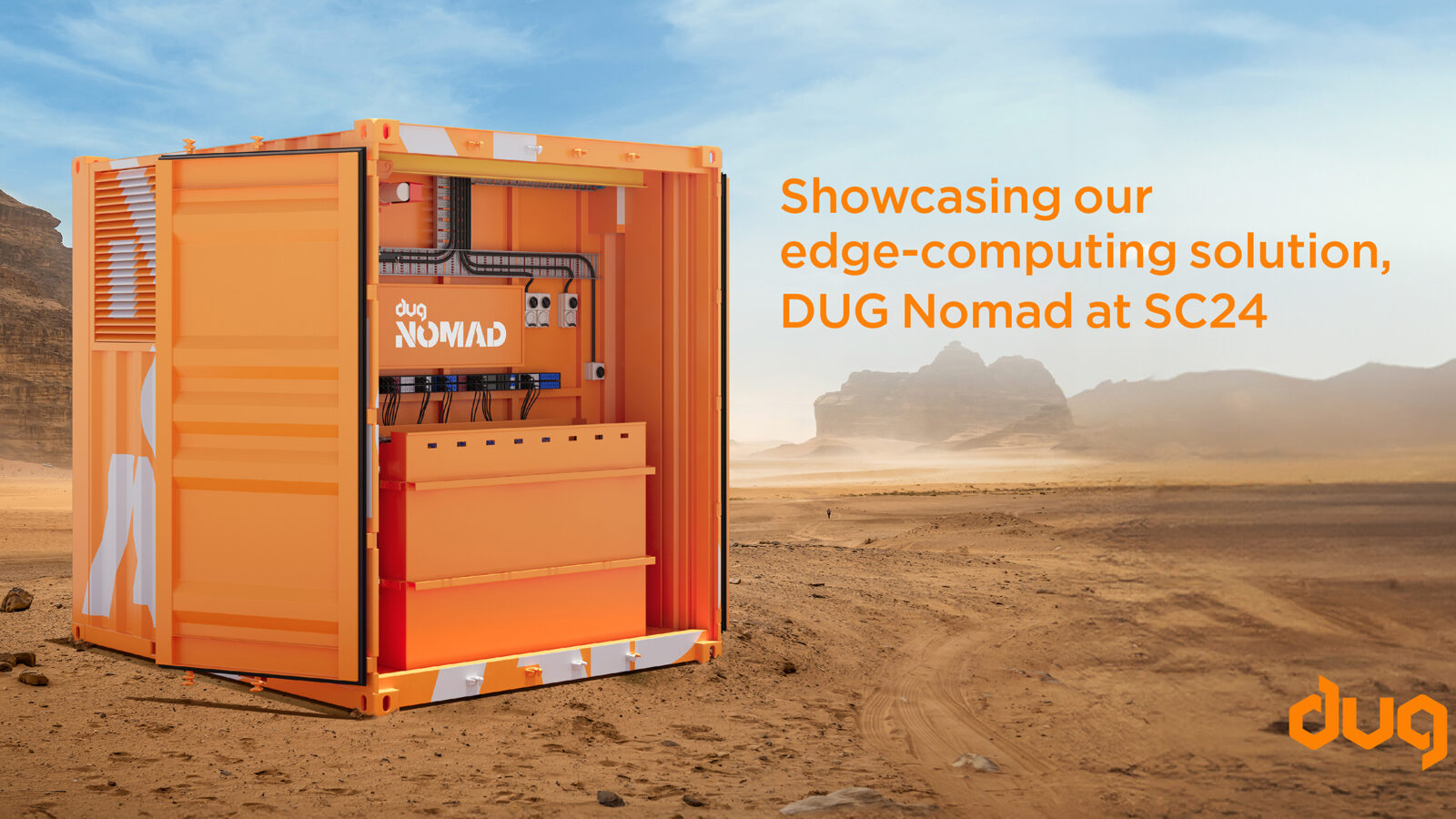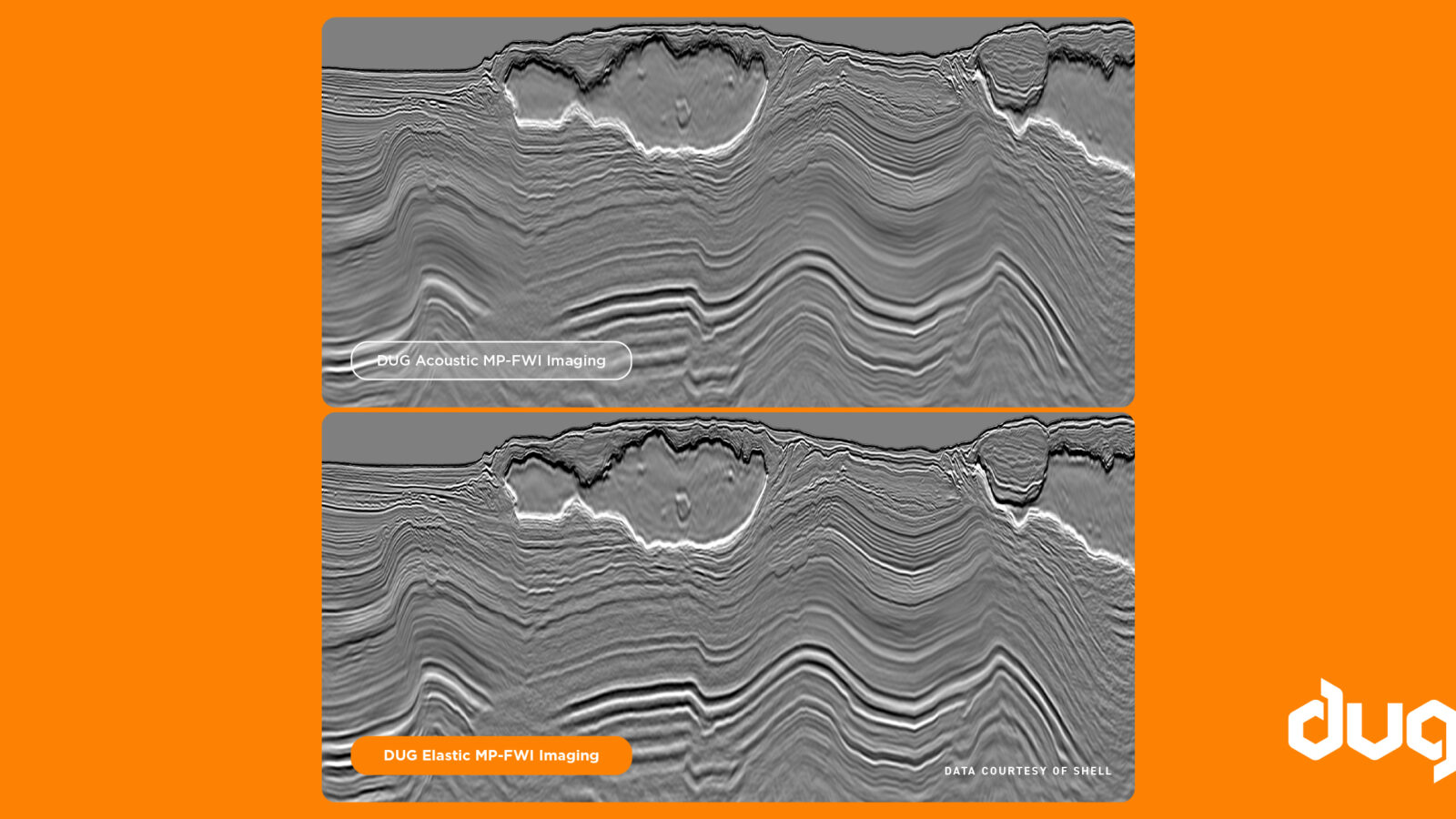Recently I was reminded of a “venerable supercomputer” that I tried to sell on eBay way back in the 00’s.
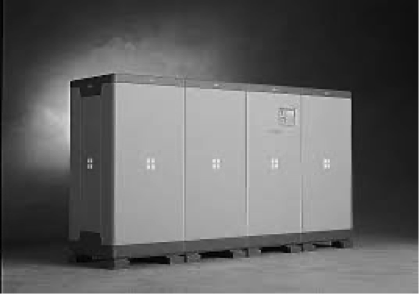
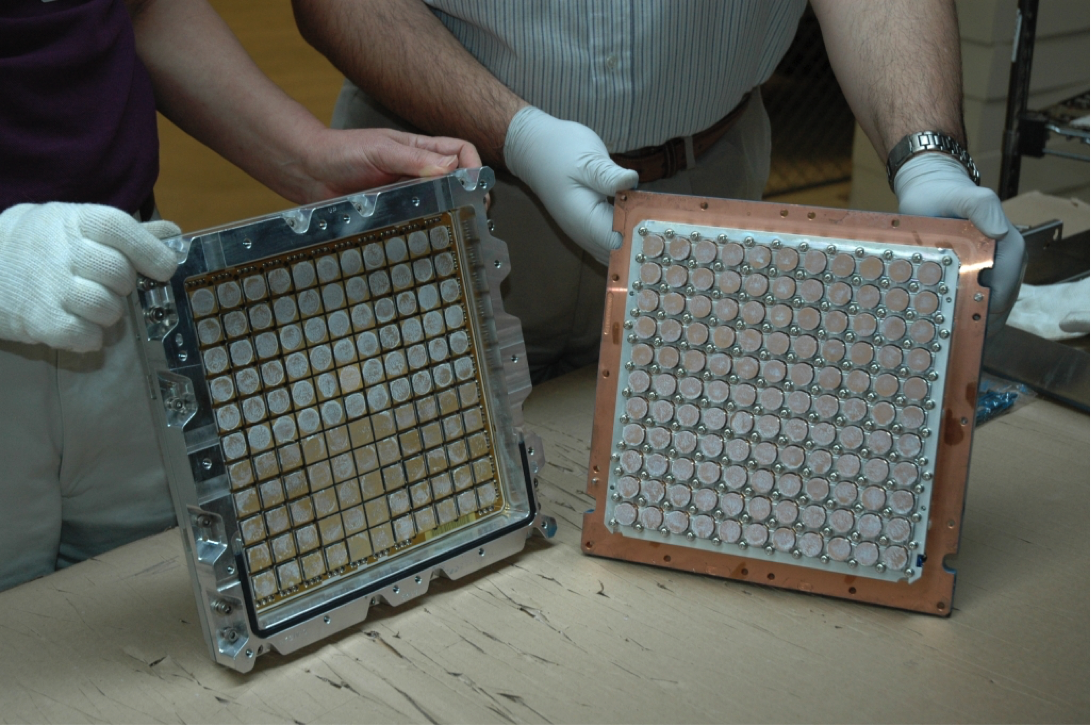
At the time it was descibed both as “the Merv Hughes of supercomputers” and “the dogs bollocks”. An article about the sale noted: “The only catch is its mass and electricity consumption. But if you can fit it in your room it’d make your geek-friends green with envy.”
Which leads to the big question, how long do supercomputers last? What happens to them when they become obsolete?
Sadly, the answers are not great for the environment.
Most supercomputers only run for about five years. They are then dismantled and scrapped.
After about five years, the systems are generally not worth continuing to run. Advances in technology usually mean you can get the same number of FLOPS in 10% of the space, using 10% of the power. Equipment failures start to build up, resulting in considerably more maintenance. Spare parts become increasingly difficult to source, so costs escalate.
With one rack of HPC equipment weighing in at about one tonne, and systems consisting of hundreds of racks, that’s a lot of steel, plastic, fibre glass, copper, gold and other materials that end up as scrap, hopefully for recycling.

More often than not, facilities have to pay for the equipment to be taken away and recycled.
One of the benefits of DUG Cool immersion cooling is the overall system savings on all of the above. Equipment lasts longer, fails less, and requires less maintenance. Power usage is 46% less. Compute servers have fewer components (fans are removed), and don’t need special heat-spreaders or plumbing (which get disposed of when the system changes) to bring cooling fluid to the CPU. The entire cooling system is reusable for decades.
All this dramatically extends the working life of the supercomputer and reduces the impact on the environment.
So what happened to my system in 2003? Well, it was sold to a “computer museum” in the Snowy Mountains (a farmer’s barn?). Sadly, I don’t think the museum exists anymore and the computer most likely ended up at the tip.


